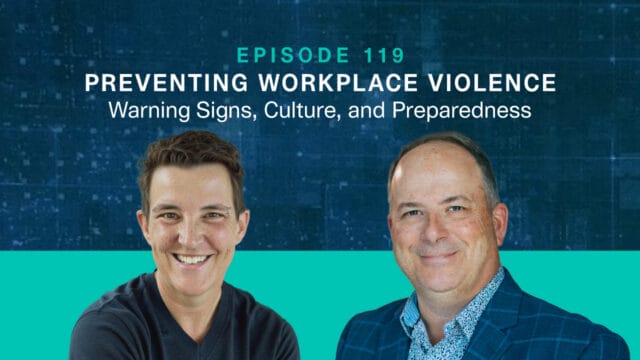
The ‘S’ in ESG: Understanding What it Takes to Comply
Your business’ commitment to environmental, social, and governance (ESG) is now a key ask of investors, clients, vendors and even new hires alike. It’s predicted that, by 2025, one-third of all global assets will be subject to ESG mandates.

Your business’ commitment to environmental, social, and governance (ESG) is now a key ask of investors, clients, vendors and even new hires alike. It’s predicted that, by 2025, one-third of all global assets will be subject to ESG mandates.
The social aspect, or the “S” in ESG concerns the human interactions within a business — how it interacts with employees, customers, and the community. The following are just a few metrics that fall under the S in ESG:
- Diversity, equity, and inclusion (DEI)
- Overall employee happiness and value
- Mentorship and sponsorship programs
- Internal promotions
- Community engagement and investment
- Time spent on volunteer opportunities
- Training and development hours
- Occupational health and safety
Evaluating social practices can be tough because the data is often qualitative, not quantitative. However, progress can also be tracked in time or money invested, for example, we give $1M back to the local community. Businesses also engage employee sentiment and engagement surveys to uncover hard numbers.
Tracking social metrics can be both daunting and, at first, discouraging. Know this: Even if your business’ numbers look insignificant in the beginning, making social issues a priority is a great way to start telling your company’s story. If you keep at it, eventually your efforts will translate to noticeable change.
Why does the ‘S’ matter?
Ultimately, ESG is a tool that allows investors and partner businesses to evaluate a company’s practices, long term survival and risks. By looking at your business’ approach to ESG, investors can determine what you stand for and if their own values are aligned.
The social aspect is often a crucial piece of that determination for the investor in the short term — “Does this company care about DEI as much as I do?” — but it’s also seen as a strong indicator of whether a business will have a healthy long-term future. To be a stable, lasting company, you must attract top talent, retain that talent, and create a safe and welcoming environment for employees.
3 steps to getting started with the “S” in ESG
Deciding to focus on the social aspect of ESG doesn’t have to be intimidating. In fact, you can break it down into three steps:
1. Determine what social metrics you currently have. It’s likely that your company already has some social-related data available, even if you don’t realize. Your human resources department may have some usable metrics as a baseline to begin measuring against. You may also be able to connect with departments such as culture, DEI, people, safety, community engagement, and indigenous relations for their contributions. If you are starting with no data, that’s OK, too. Think about which metrics your company can begin measuring immediately and put the processes in place to capture that data.
2. Build an internal ESG champion/team. Information is likely spread out among different areas of the company, so it’s important to create a plan that includes getting input from those disparate departments. During the process, your company may realize it needs to implement better DEI practices, donate or engage more with the community, and identify other areas where it can improve socially. The ESG team should fully understand these items, why they are important, and what their individual roles are. It’s also worth considering developing a policy and procedures document or a mission statement that focuses on these social metrics to help guide the process.
3. Create an ESG report. It’s not uncommon for companies to be asked to supply an ESG report during mergers and acquisitions or before partnering with a client or vendor, so the sooner your company can begin collecting and formalizing its social data, the better. Ideally, you have been working on acquiring and improving data for at least a year, but regardless of the data, the act of writing the report shows your company is making an effort.
The social section of your ESG report should include information on how your company contributes to society through its practices and initiatives. There is no set format for an ESG report, but the more details you can provide, the better.
What if you don’t have ‘S’ metrics?
Publicly traded companies in the United States are under the most pressure to provide ESG reporting — often through federal mandates or by the stock exchange — but being a small or private company doesn’t make you immune to the pressure either. There are ESG rating tools investors use to research businesses based on public information. This includes news reports, reviews, and Glassdoor information, which essentially creates an ESG rating and report you don’t control.
So even if your company doesn’t have any hard metrics related to its social practices, it’s important to collect information on them, create a report, and start telling your business’ ESG story. It’s better to acknowledge you have room to grow instead of being publicly shamed because it appears you don’t care.
While small and medium companies often don’t have the internal resources needed to develop a strong ESG strategy, there are ways to improve your position.




